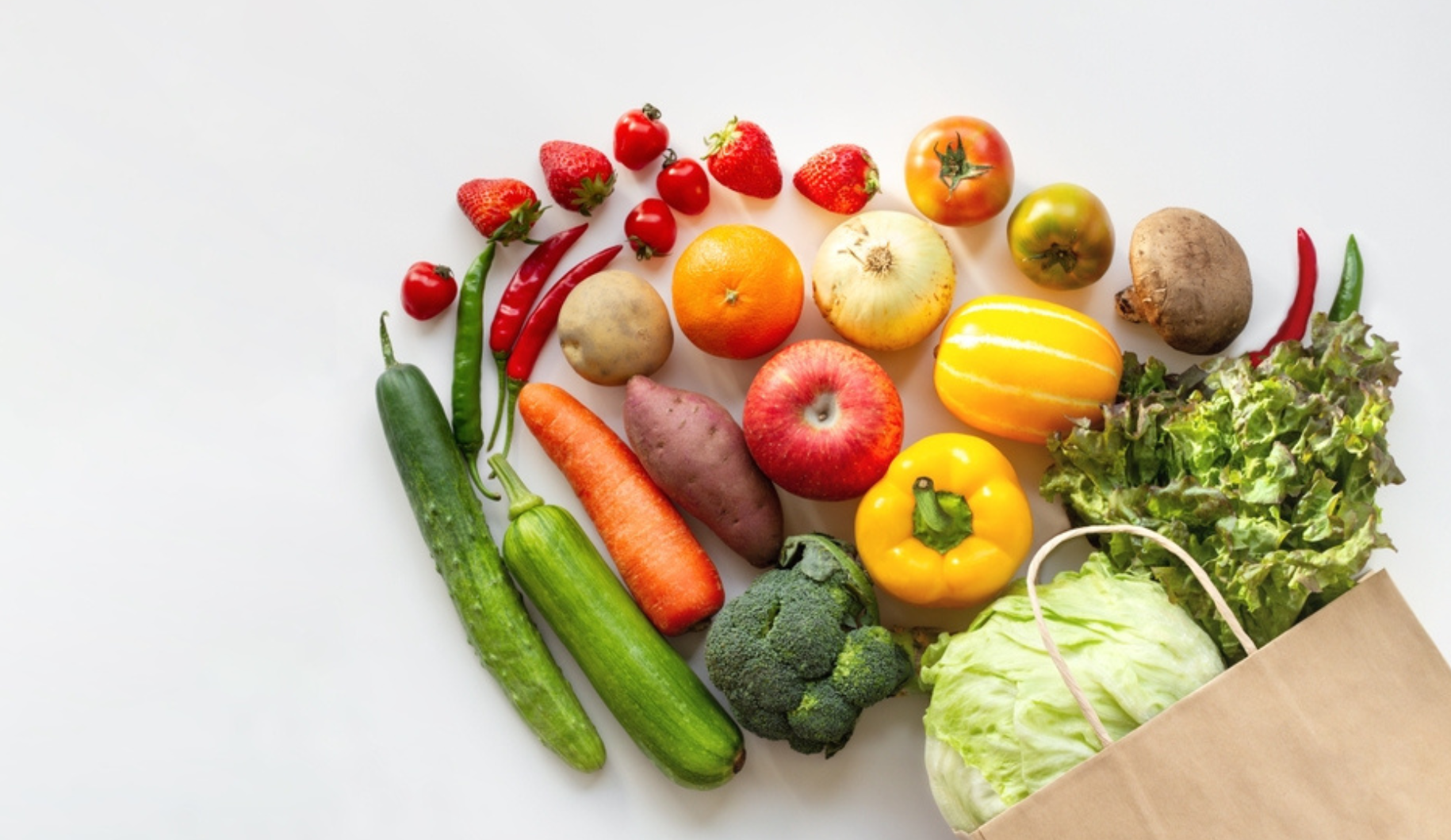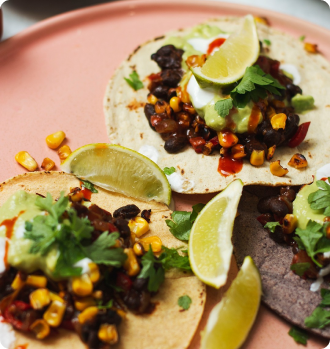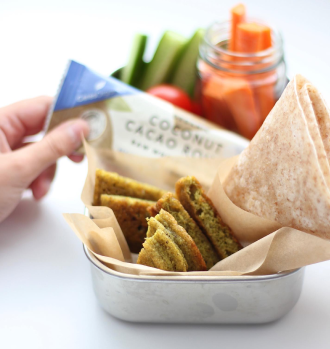
In an ideal world, everyone would be able to eat organic food all the time. But we understand that’s not always possible (although we’re doing everything we can to make that dream a reality!).
Sometimes, organic produce is hard to find. Price, seasonality, availability, location; all of these factors can influence shopping decisions.
The Dirty Dozen and Clean 15 lists (see below) can help you avoid as many pesticides as possible, even when you can’t buy organic. The Dirty Dozen is a list of the most pesticide-laden produce, while the Clean 15 is a list of the fruits and veggies that contain the smallest traces of pesticides.
Both lists are published by the Environmental Working Group each year, an organisation that educates people about chemicals found in food and household products. It’s a great idea to keep these lists in your reusable shopping bags.
But first: what’s the difference between organic and non-organic food? And why is buying organic so good for your wellbeing?
Organic vs. non-organic food
Organic food is food grown the way nature intended – without synthetic pesticides or herbicides, genetic modification, or man-made fertilisers. Organic farming prioritises the long-term health of the soil and the environment, ensuring the land can yield nutritious, sustainable food for years to come.
That’s why organic food tastes so good!
Non-organic food is food grown with ample intervention, often involving harmful chemicals and pesticides. Non-organic farming practices tend to strip nutrients from the soil, have adverse effects on the environment, and leave worrying traces of pesticides on produce.
When it comes to pesticides, not all non-organic foods are created equal. Did you know a non-organic apple contains far more pesticides than a non-organic eggplant?
Some non-organic fruits and vegetables contain traces of up to 67 pesticides, while others contain nearly no pesticides at all.
The worst offenders are the Dirty Dozen, and the safest options are the Clean 15.
Dirty Dozen 2018
These foods contain the most traces of pesticides (when grown conventionally).
- Strawberries
- Spinach
- Nectarines
- Apples
- Peaches
- Pears
- Cherries
- Grapes
- Celery
- Tomatoes
- Sweet bell peppers (capsicums)
- Potatoes
Most of the foods on the Dirty Dozen have thin skin that’s easily permeable, allowing more pesticides to be absorbed into the flesh.
Skin thickness can be a good indicator of pesticide residue. An apple or strawberry is far more likely to contain high levels of pesticide residue than an avocado or banana. Of course, this isn’t a foolproof strategy – some foods are an exception – but it’s a good rule of thumb.
Clean 15 2018
Most of the produce on the Clean 15 list contained little to no traces of pesticides when tested. None of these foods tested positive for more than four pesticides.
- Avocados
- Sweetcorn
- Pineapples
- Cabbage
- Onions
- Frozen sweet peas
- Papayas
- Asparagus
- Mangoes
- Eggplant
- Honeydew
- Kiwi
- Cantaloupe
- Cauliflower
- Broccoli
Although the Clean 15 foods contain the least amount of pesticides, they are still grown using non-organic methods, which often strips the soil of nutrients and pollutes waterways. Organic farming is about more than just pesticides; it’s about building healthy soil, supporting water health, and encouraging biodiversity.
Tips for avoiding the Dirty Dozen
Here are some tips for avoiding the Dirty Dozen when you can’t access organic alternatives.
- Load up on organic produce when it’s season (and therefore more affordable). You could preserve jars of fruit, make your own tomato sauce, or freeze chopped veggies.
- Keep the Dirty Dozen and Clean 15 lists in mind when you’re eating out at non-organic restaurants.
- Consider supplementing with superfood powders when you can’t access organic superfoods.
- Be wary of unclear food labels, such as ‘natural’ or ‘homegrown’. Unless the food is certified organic, it’s still likely to contain high levels of pesticides.
- Consider buying tinned or frozen organic produce when fresh produce is unavailable or out of season.





